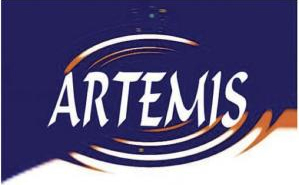Seismic Radiometer: Mapping the Seismic Field Using Stochastic-Gravitational Wave Background Search Tools Newtonian noise is poised to become a limiting factor for gravitational wave (GW) interferometers. The primary sources of this noise are likely surface seismic waves and atmospheric density fluctuations. Therefore, having a Newtonian noise budget is crucial for quantifying its impact on detectors, which is essential for the site selection of next-generation detectors like the Einstein Telescope (ET). Given the complexity of the seismic field and the varying contributions of surface and body waves to the overall Newtonian noise budget [1], a method must be devised to estimate the power in different seismic field components from each direction. Previous studies [1] have demonstrated that the Stochastic Gravitational Wave Background (SGWB) directional search method can be applied in this context. The new stochastic map-making pipeline, PyStoch [2], enables the production of SGWB maps at every frequency bin. This project aims to use PyStoch to create maps of the power in each polarization of each mode of the seismic field, enhancing our understanding of seismic noise's effect on GW searches. Approach: - Conduct a literature review on the working principles of radiometers and revisit existing calculations related to the seismic radiometer. - Perform software injections and recovery studies to understand the seismic radiometer's working principles. - Adapt the current SGWB pipeline, PyStoch, to decouple different seismic field components and map the field's directional dependence. - Apply the methodology to a seismometer dataset. References: [1]. P. Meyers, https://hdl.handle.net/11299/199038 [2]. A. Ain, J. Suresh, S. Mitra, Phys. Rev. D 98 (2018) 2, 024001




